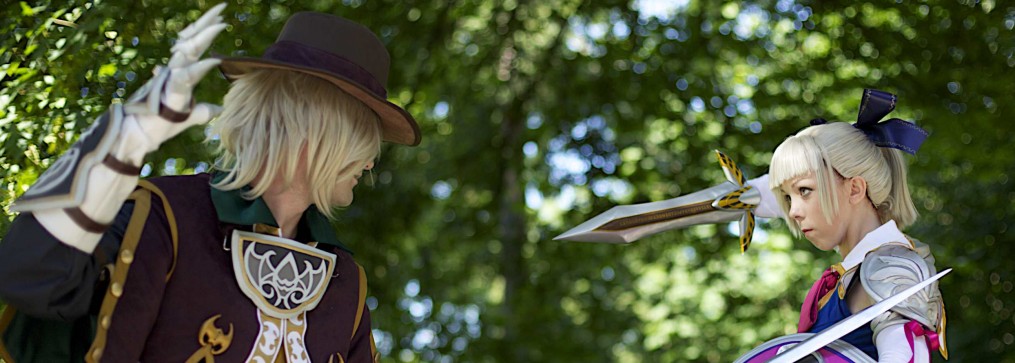 In this post I’m going to discuss the little things that didn’t really have enough content for a post in itself. One of these items are the heels of the shoes. The first thing I did for the feet after we cast the shoe covers in foam latex, is trim the excess foam off, and have Mario make the seams disappear- we’ll cover seaming shortly. Then, I glued the covers to the shoe using the same rubber cement we used to make the paint. After that, I grabbed some two part epoxy clay (we used Magic Sculpt) and sculpted out the heels.
In this post I’m going to discuss the little things that didn’t really have enough content for a post in itself. One of these items are the heels of the shoes. The first thing I did for the feet after we cast the shoe covers in foam latex, is trim the excess foam off, and have Mario make the seams disappear- we’ll cover seaming shortly. Then, I glued the covers to the shoe using the same rubber cement we used to make the paint. After that, I grabbed some two part epoxy clay (we used Magic Sculpt) and sculpted out the heels.
Now, the Magic Sculpt didn’t take the rubber cement paint very well, so we had to paint them with acrylic paint. Continue reading




